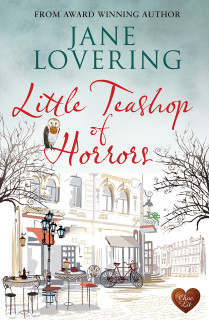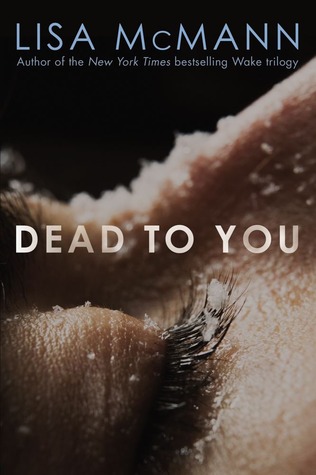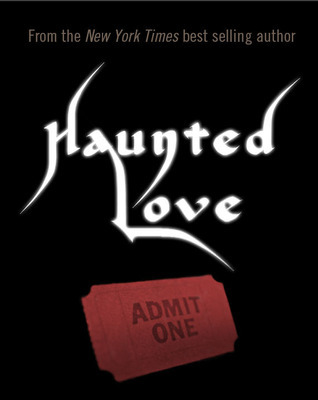Download links for: O Cemitério de Praga


Reviews (see all)
Write review
Umberto Eco’s latest is another playful confection of artifice and wit, in which virulent fictions invade the real world. As with “Foucault’s Pendulum” (perhaps Eco’s best), “The Prague Cemetery” deals with fabricated plots: more specifically, the rise of pernicious anti-Semitic conspiracy theories in 19th century Europe, culminating in “The Protocols of the Elders of Zion” and (further down the line) the Final Solution. It’s written as an absurdist satire, in three distinct voices: there’s our chief protagonist, Captain Simonini, a Franco-Italian forger, misanthropist and murderer; his alter ego, the Abbé Dalla Piccola, a secondary personality who takes over during Simonini’s blackouts; and a third-person Narrator, who adds historical context as the villainous Simonini moves from intrigue to intrigue, fighting with Garibaldi’s revolutionaries one moment and infiltrating Satanic Freemasonry sects the next. But Simonini’s principal aim is to perfect his Magnum Opus: a libellous tract purporting to transcribe a secret gathering of all the Chief Rabbis at the Prague Cemetery, where they outline their plans for world domination. (He shops this document all over Europe, altering its focus to suit his clients; in place of the Jews, he finds the Jesuits or Masons can serve just as well. He’s nothing if not flexible.)Simonini’s misanthropy is often scabrously funny, and breezily egalitarian in its sweep. The Germans: “…the lowest conceivable level of humanity. A German produces on average twice the faeces of a Frenchman. Hyperactivity of the bowel at the expense of the brain, which demonstrates their physiological inferiority. Even in recent centuries, French travellers knew immediately when they had crossed the Alsace frontier by the abnormal size of the turds left lying along the roads.” The French: “No one is as rude as a French innkeeper. He seems to hate his clients (perhaps he does) and to wish they weren’t there (and that’s certainly not so, because the Frenchman is most avaricious). They are vicious. They kill out of boredom. They think the whole world speaks French. Perhaps their ignorance is a result of their meanness – the national vice which they take to be a virtue and call thrift.” The Italians: “If I have become French it’s because I couldn’t bear being Italian. The Italian is an untrustworthy, lying, contemptible traitor, finds himself more at ease with a dagger than a sword, better with poison than with medicine, a slippery bargainer, consistent only in changing sides with the wind.”And so on. But he reserves his most concentrated vitriol for the Jews, the Jesuits and the Masons – oh, and women, which the author describes with fascinated disgust. (“Jesuits are Masons dressed up as women,” he snarls at one point, tidily scorning three groups at once.) Eco, in the guise of Simonini, has fun with the gullibility of the prejudiced, and their readiness to credit any trumped-up nonsense which harms the cause of their enemy (perceived or genuine). And it’s by turns amusing and alarming to see how quickly forged truths are absorbed into the mainstream, mutating from rumour into facts well-known. Yet thanks to its fragmented storytelling device, the novel is never quite as absorbing as it should be; just as the reader settles down to enjoy Simonini’s double-dealing villainy, the focus shifts to either Dalla Piccola or the godlike Narrator, and the momentum is lost. It goes without saying that the novel is clever, though its cleverness perhaps overpowers the plot: while the tripled perspective evokes Freud’s model of the unconscious, suggesting Europe in the grip of a shared mental illness, this reader found himself longing at times for a simple, single narrative voice.Eco’s work has evinced an increasing inclination for whimsy over the last few years, with somewhat mixed results; “The Prague Cemetery” continues that trend, making the prospect of a return to the complex page-turners of his heyday ever-more unlikely. It’s hard not to find this prognosis disappointing. “Prague” has many merits, but its whimsicality tends to mitigate its urgency. It makes the novel feel, dare one say it, lightweight – at least by Eco’s own intimidating standards. Where “The Name of the Rose” and “Foucault’s Pendulum” worked superbly both as thrillers and metafictional satire, “Prague” is not much more than a practical joke, with a very dark punchline. Other readers may disagree; this, of course, will be a matter of taste. And taste, after all, is just another form of prejudice.
I Protocolli dei Savi di Sion sembrano essere un interesse ricorrente di Eco (ne ha gia' ampiamente trattato in "Sei passeggiate nei boschi narrativi" e ne "Il pendolo di Foucault", ed ho l'impressione di avere letto in merito anche il resoconto di un suo intervento accademico). Cio' premesso, il libro si presenta come un metaromanzo su una metacospirazione (in quanto narra di una cospirazione per costruire una falsa cospirazione). Un divertissement intellettuale (come, a mio avviso, lo era "Il pendolo di Foucault"). Un po'eccessivo per un sempliciotto come me (non che il testo sia "troppo erudito", come ho letto anche sul Corriere della Sera: forse perche'avevo gia' letto i suoi precedenti scritti sulla questione non vi ho trovato niente di nuovo, in realta', allorche' i riferimenti storici sono a fatti che dovrebbero essere ben noti). Divertente il fatto che descriva i meccanismi per creare un meme cospiratorio ed al contempo li applichi nella costruzione del romanzo (che in questo senso mi appare un metaromanzo). Al di la' di questo, pero', non vi ho trovato molto. Il punto e' colto, peraltro:credete nei Protocolli di Sion? Nella leggenda che nessun ebreo e' morto nell'attentato alle torri gemelle? Vi dimostro come e' facile creare un meme cospiratorio, costruendone uno in cui tutte le tessere del puzzle combaciano, pur se l'immagine che ne risulta e' falsa! Un po' irritanti certi accenni trasparenti a realta' attuali, lette capziosamente.Divagazioni: La "incursione del romanzo nella vita" mi attira meno - concettualmente - dei meccanismi di propagazione dei memi. Eco sembra pendolare (eh eh) tra l'uno e l'altro, con preferenze per il primo aspetto sul secondo, che infatti e' meno approfondito.
"Read" is inaccurate: I got halfway before all the hatred wore me down.
Other books by Poetry
Other books by Umberto Eco
Related articles












